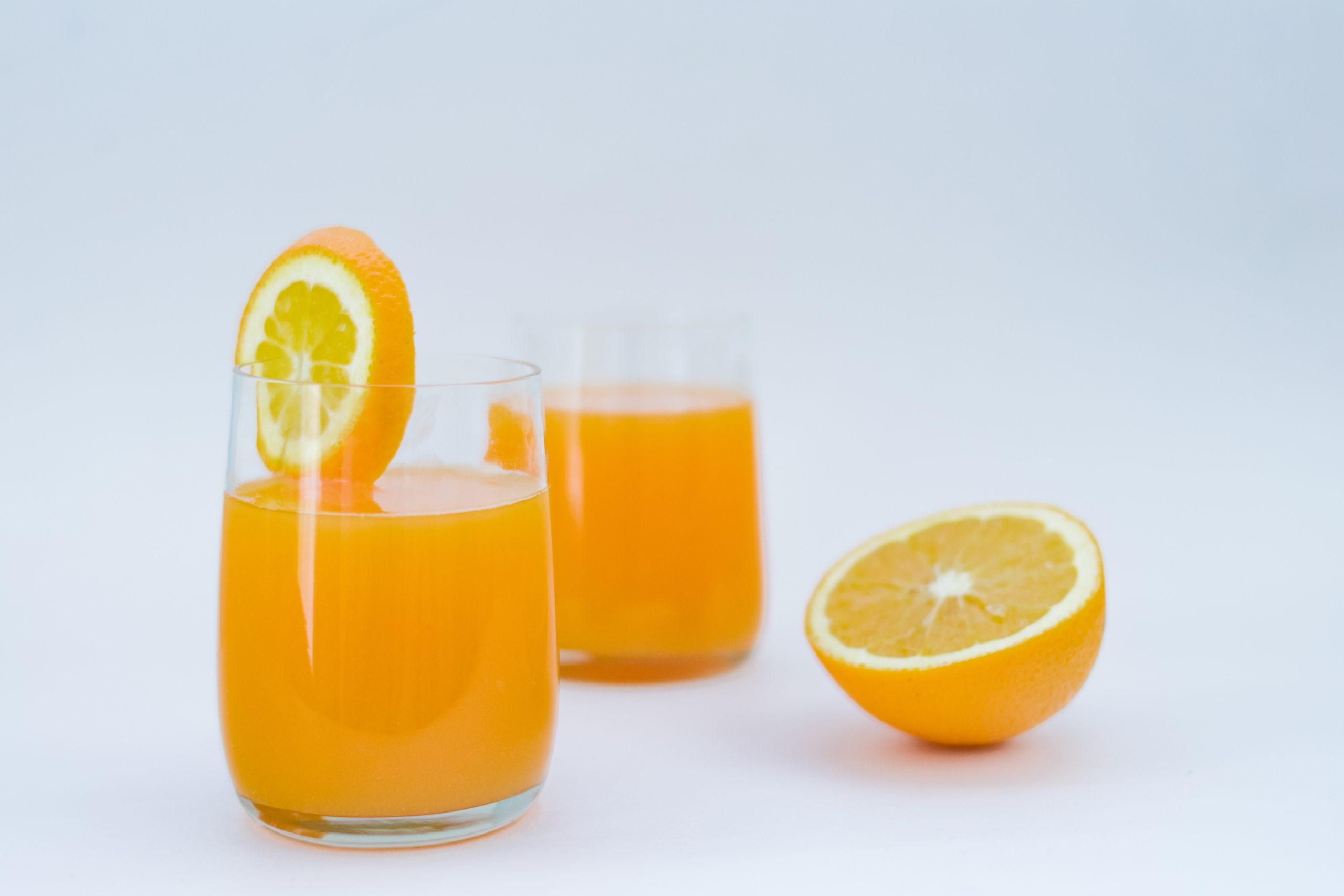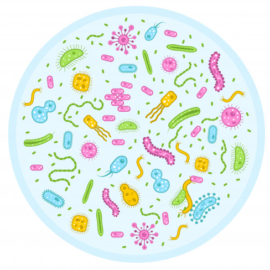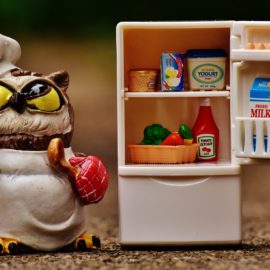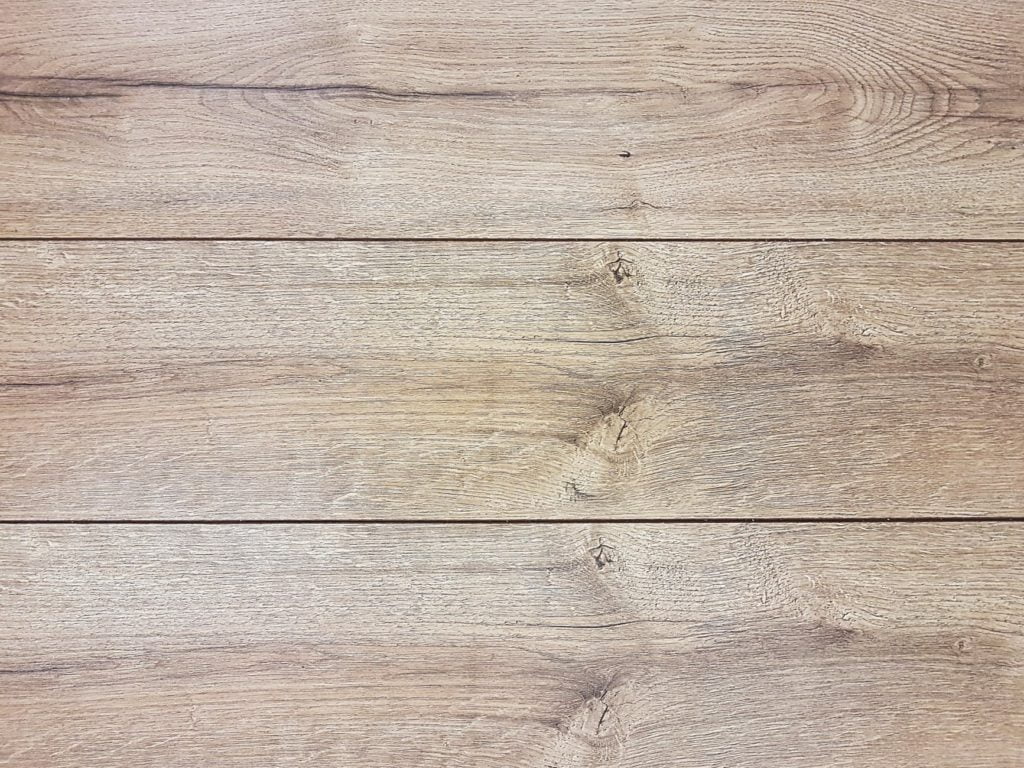
It is an essential in home kitchens or restaurants. If we are going to chop chunks of meat, fruits, vegetables or spices, we need chopping board. But the chopping board isn’t just the “chopping board”, but one of the food contact surfaces you can find in a food working area that when used carelessly may pose as risk—reason why these Food Safety tips when cutting boards should be of everyone’s concern.
For most food preparations, food items will most likely make contact with it. In food manufacturing, we always take extra caution with these food contact surfaces especially during times of cleaning and sanitation because these would usually be the culprit of anything undesirable.
Basically, food contact surfaces like chopping board must be smooth, easily cleaned and non-porous. Uneven surface, pits, folds, crevices or dents are definitely in the blacklist.
As one of the most critical items during food preparation or processing, best practices or guidelines have been well-documented in terms of use of chopping board. Let’s start breaking down the food safety tips when using cutting boards.
You might also like: Is It Really Safe To Eat Raw Eggs?
Avoid cross- contamination by using color-coded chopping boards
Cross-contamination is one of the most common incidents in the kitchen. By definition, cross-contamination is the unintentional transfer of microorganisms, like harmful bacteria, from one food item to another, through contaminated processing tools or the hands of the food handler.
To avoid cross-contamination, use a color-coding system for cutting boards. For example, you can use green chopping board for veggies or fruits; brown chopping board for cooked food like meat; and red chopping board for raw meat.
This way, you can prevent yourself from cutting cooked food unconsciously on cutting board that has just been used for cutting raw meat.
Most chopping board manufacturers use the 6-board color-coding system. See below.
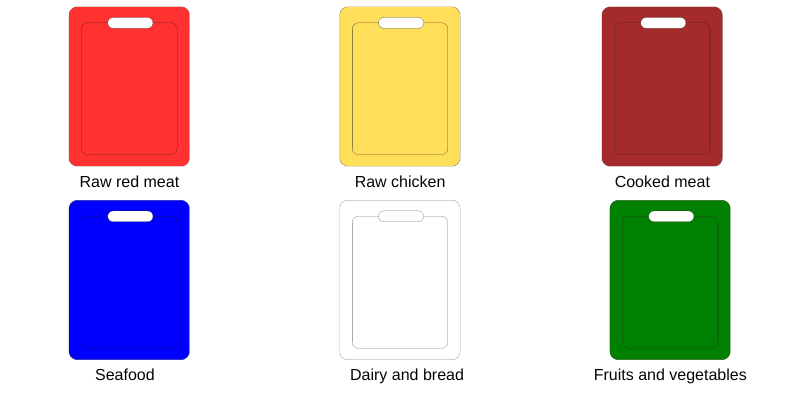
- Red for raw red meat
- Yellow for raw chicken
- Brown for cooked meat
- Blue for seafood like fish
- White for dairy and bread
- Green for fruits and vegetables
Which type of cutting board is hygienic?
The most common materials used for making chopping board are plastic and wood, and both become contaminated with microorganisms on contact with raw meat.
But which should you go for?
As for wood chopping board, the risk of retaining food and absorption of liquid after use is likely. And wood is harder to sanitize too. This is why people consider wooden chopping board not dishwasher-friendly.
The thing is that wooden cutting board is most preferred by many, especially when cutting meat because it is easier, especially for butchers. But the hard part is how you will manage to clean it afterwards. Improper cleaning may promote microbial growth. The susceptibility to microbial growth has led to many municipalities including New York in the U.S. to ban the use of wooden cutting board in restaurants, according to Chef Frank Proto, director of operations at the Institute of Culinary Education.
Obviously, non-porous material like plastic is easier to clean and more resistant to microorganisms. Or is it? That’s what people automatically believe in.
There have been several studies that have shown that wooden cutting board is actually more sanitary than plastic.
Two contradicting studies were conducted in the 1994 as to which material is better at repelling bacteria—one found it to be wood and the other found otherwise.
More recent studies have shown that wood is actually as safe as plastic because of its anti-microbial property. This research found out that the wooden chopping board had fewer bacteria than used plastic cutting board after cleaning.
The bottom line here is whichever you feel is easier to use, just make sure the chopping board is thoroughly cleaned and disinfected before and after use.
Cleaning and maintenance
As per FDA, both plastic and wooden cutting boards can be cleaned and sanitized with a solution of 1 tablespoon of unscented, liquid chlorine bleach per gallon of water. Fill the surface with the bleach solution and let it stand for several minutes. Rinse with water and air dry or pat dry it with paper towels. Never store cutting boards wet.
Once the cutting board wear out, replace them immediately. Excessive worn or damage to cutting board may promote as breeding ground for microorganisms.
These Food Safety tips about cutting board is definitely a good set of practices that you can implemented at home or at the restaurant.
